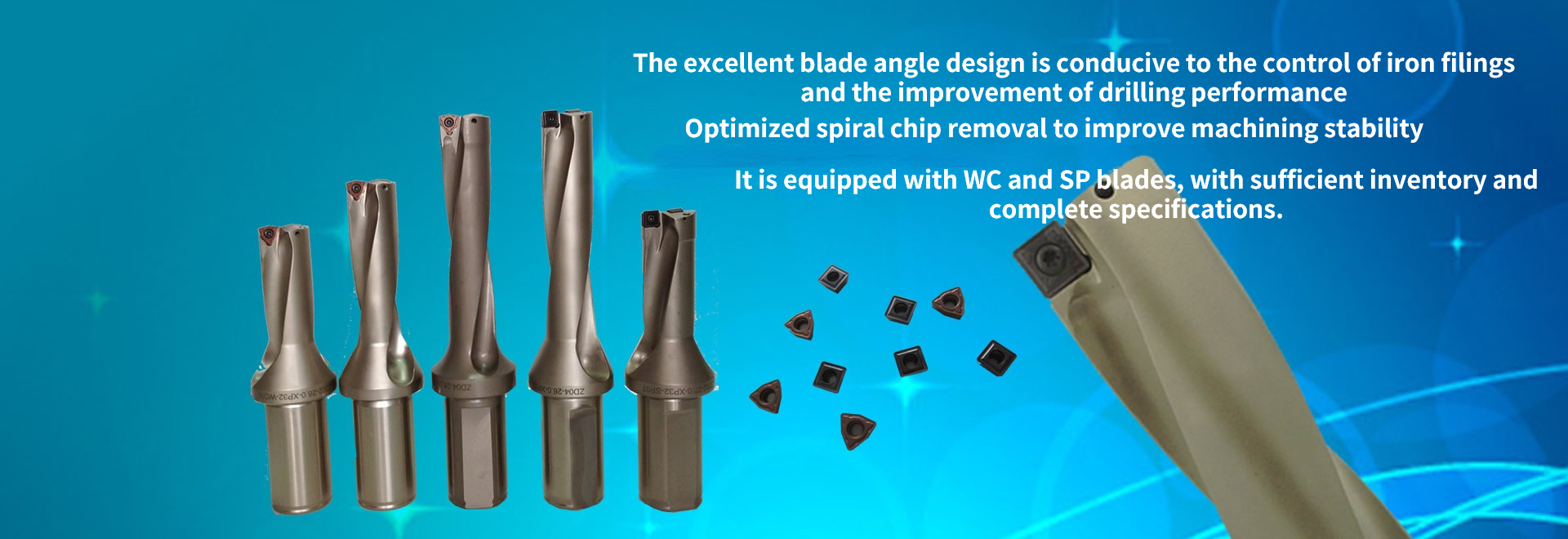Classification of floating tool holders
Classification of floating tool holders
Floating tool shanks are divided into floating reamer shanks、floating deburring chamfering tool shanks、axial floating tapping tool shanks and micro floating tapping tool shanks
Floating reamer shank, It is designed to compensate the error of the machine tool. It can compensate the repositioning error of the machine tool and make the reamer realize automatic centering, so as to effectively avoid the problems of poor reaming quality, horn hole, poor service life of the reamer and so on.
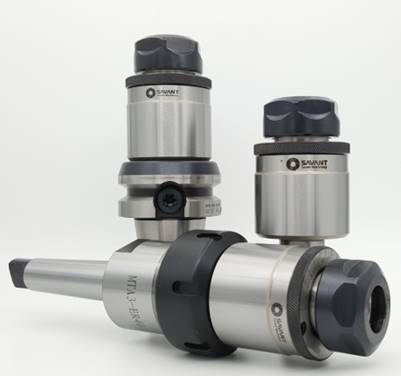
Floating deburring chamfering handle:It is also divided into angle floating deburring chamfering tool handle and axial floating deburring tool handle, which are used to remove the workpiece contour burr generated in machining. Due to casting error, the actual contour will deviate from the drawing design, Floating deburring chamfering handle solves this problem by angle floating or axial floating.
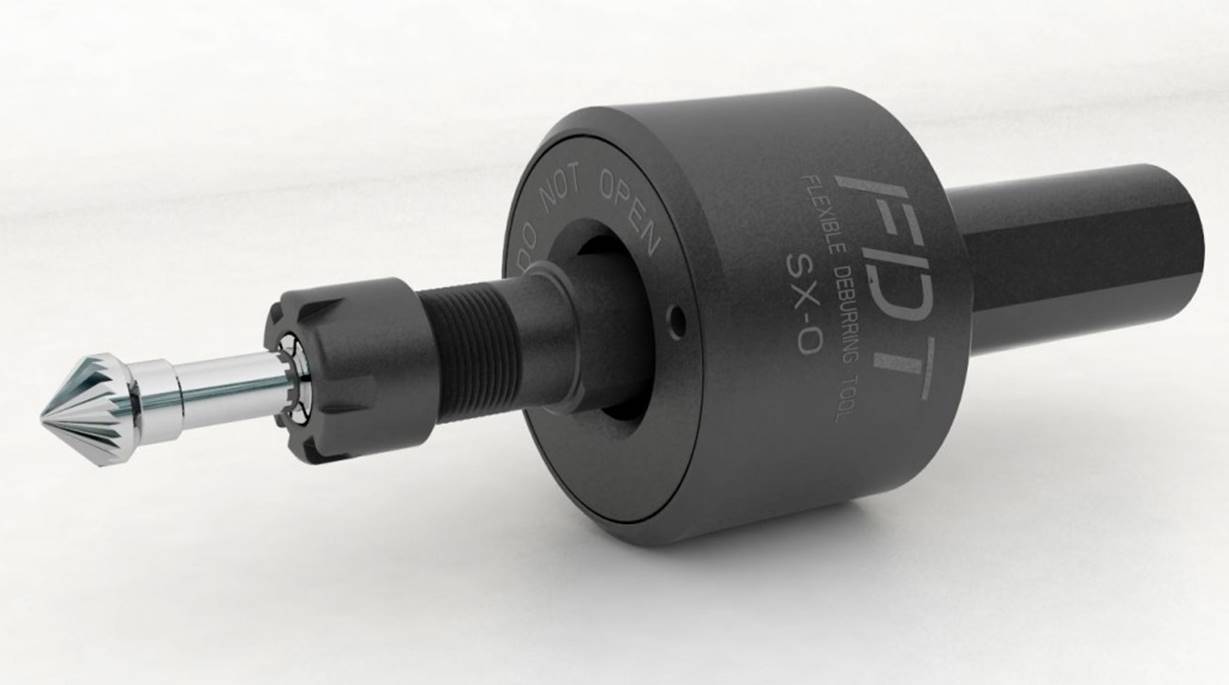
Flexible floating tapping tool handle (telescopic tapping tool handle): It has a great axial compensation function, which can well solve the problem that the spindle speed of the machine tool is not synchronized with the feed, especially on the rocker drill.
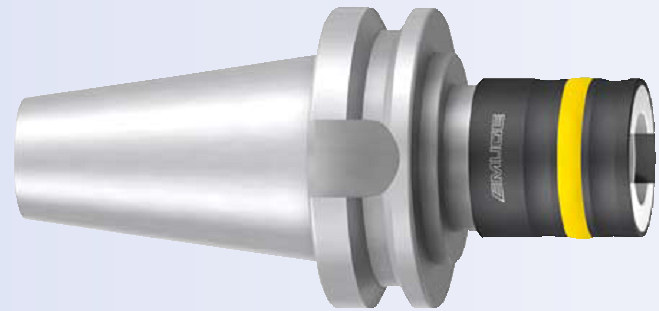

Flexible floating tapping tool handles are usually equipped with torque overload protection collets. Effectively protect the tap and prevent the tap from breaking.
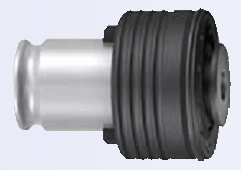
Micro compensation tapping tool shank: The micro compensation tapping tool handle can provide axial micro compensation while rigid tapping, that is, compensate the non synchronization between the spindle speed and feed of the machine tool, and realize radial rigid machining at the same time.
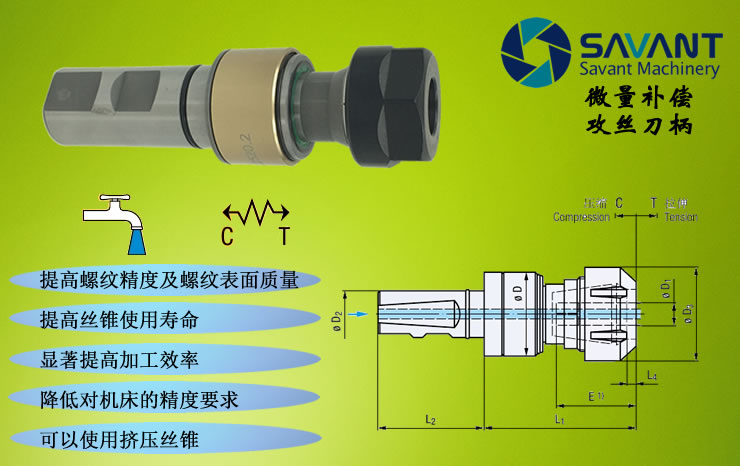
Advantages of micro compensation tapping tool handle:
1. Reduce the accuracy requirements of the machine tool;
2. Extrusion tap can be used;
3. Significantly improve the processing efficiency;
4. Improve the service life of tap;
5. Improve thread accuracy and thread surface quality;
Difference between flexible tapping tool handle and micro tapping tool handle:
The flexible tapping tool handle can well solve the problem that the spindle speed of the machine tool is not synchronized with the feed, but its disadvantages begin to appear gradually:
1. Low tapping efficiency;
2. The tapping depth cannot be accurately controlled (because the axial floating distance is often greater than 10mm);
3. Extrusion tap shall not be used for flexible tapping
Rigid tapping is widely used in CNC machine tools with synchronous speed and feed. Compared with flexible tapping, rigid tapping has the following advantages:
1. Improve tapping efficiency;
2. Controllable thread depth;
3. Extrusion tap can be used
However, due to the lack of compensation function, rigid tapping has the following disadvantages:
1. The tap wears fast and its service life is lower than that of flexible tapping;
2. The processing efficiency is not high enough due to the insufficient response speed of the NC system;
3. Rigid tapping requires high precision of equipment and tools.
To sum up: a series of problems are easy to occur when the compensation amount of flexible tapping is too large and the compensation amount of rigid tapping is zero.
 简体中文
简体中文 



